Educating Healthcare Providers About the Link Between Firearm Ownership and Suicide
By Penny Okamoto, Executive Director of Ceasefire Oregon
The following is a presentation by the Ceasefire Oregon Education Foundation for the Oregon Public Health Association Annual Conference October 2019.
Programs Available to Educate Healthcare Professionals About Suicide Prevention
- NIMH – Ask Suicide Screening Questions Toolkit (ASQ)
- The Matt Adler Suicide Assessment, Treatment and Management Act of 2012, Washington State
- Henry Ford Zero Suicide: Suicide Prevention Guidelines for Health Care Providers
- Zero Suicide Institute
- QPR Professional Training
BIG PICTURE:
- We can drastically reduce the rate of suicide.
- Suicides can be prevented.
- 70% of healthcare providers do not know that a firearm in the home increases the rate of suicide.
- Programs have been developed to educate healthcare professionals about suicide.
The rate of suicide in Oregon is far above the national average. The 2018 suicide rate was 18.5 per 100,000 which was a decline from 19.3 in 2016 but still far above the national average of 13.9 per 100,000.
Firearms are the most lethal significant means of suicide with an 82.5% fatality rate, versus a fatality rate of 4% for all suicide attempts.

Lethality matters. Approximately 90% of individuals don’t attempt suicide again. Even with a 100% substitution rate for suicide attempts (switching from firearms to an alternative means of suicide), the completed suicide rate would still go down as firearms are far more lethal than other means.
The link between suicide and gun ownership is well established.
Miller, Azrael, et al, Harvard School of Public Health published a 2002 survey of American households and found that, in states where guns were prevalent, as in Wyoming, where 63 percent of households reported owning guns, rates of suicide were higher. The inverse was also true: where gun ownership was less common, suicide rates were also lower.
“Household gun ownership was the single biggest predictor of youth suicide rate in a state,” Dr. Michael Siegel, a public health specialist at Boston University, told NBC News.
“For each 10 percentage-point increase in household gun ownership, the youth suicide rate increased by 26.9 percent,” they wrote in their report, published in the American Journal of Preventive Medicine.
https://www.nbcnews.com/health/health-news/state-state-study-links-gun-ownership-youth-suicide-n959946
Evidence from studies over the past two decades show a strong association between the presence of a firearm in the home and an increased risk of suicide for the gun owner and the gun owner’s spouse and children. Recommendations for families worried about a family member include reducing access to firearms, lethal doses of medications and alcohol in the home. (Miller, et al and Opoliner, et al)
Importantly, of children 0 to19 years olds who had died by suicide, 77.4% had visited a health care provider in the year prior to their death and 37.9% in the four weeks prior to their death. This includes contact with an inpatient, outpatient, or emergency department (ED) setting. (Ahmedani et al)
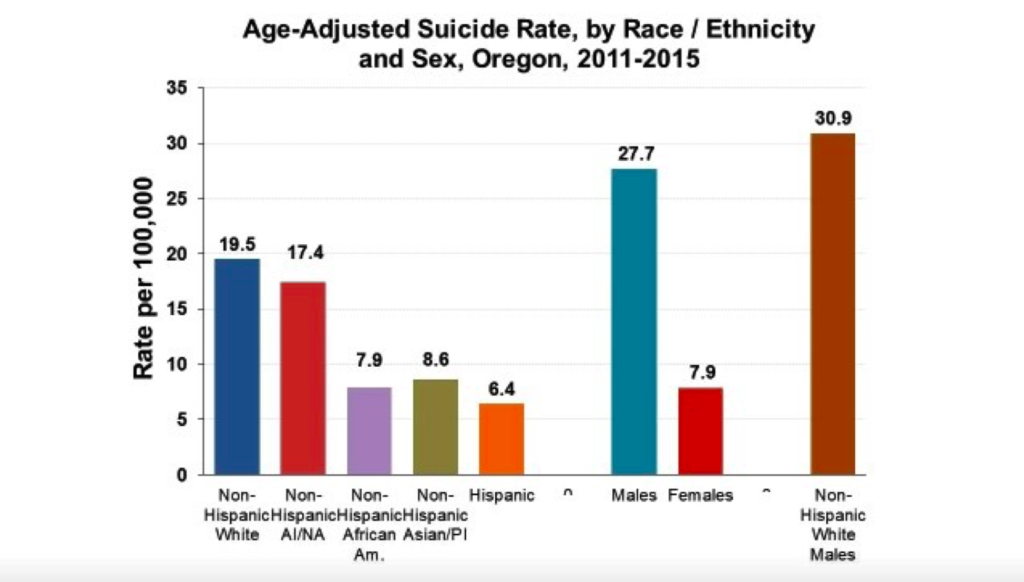
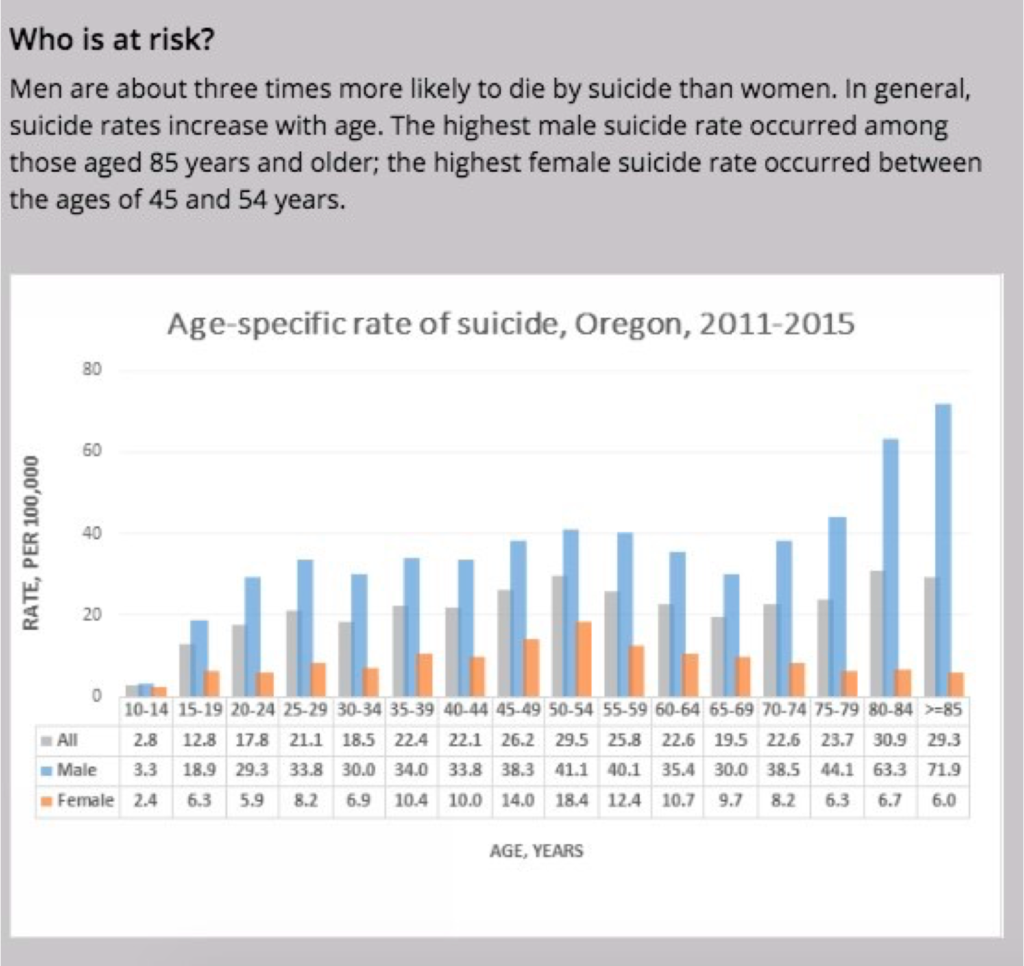
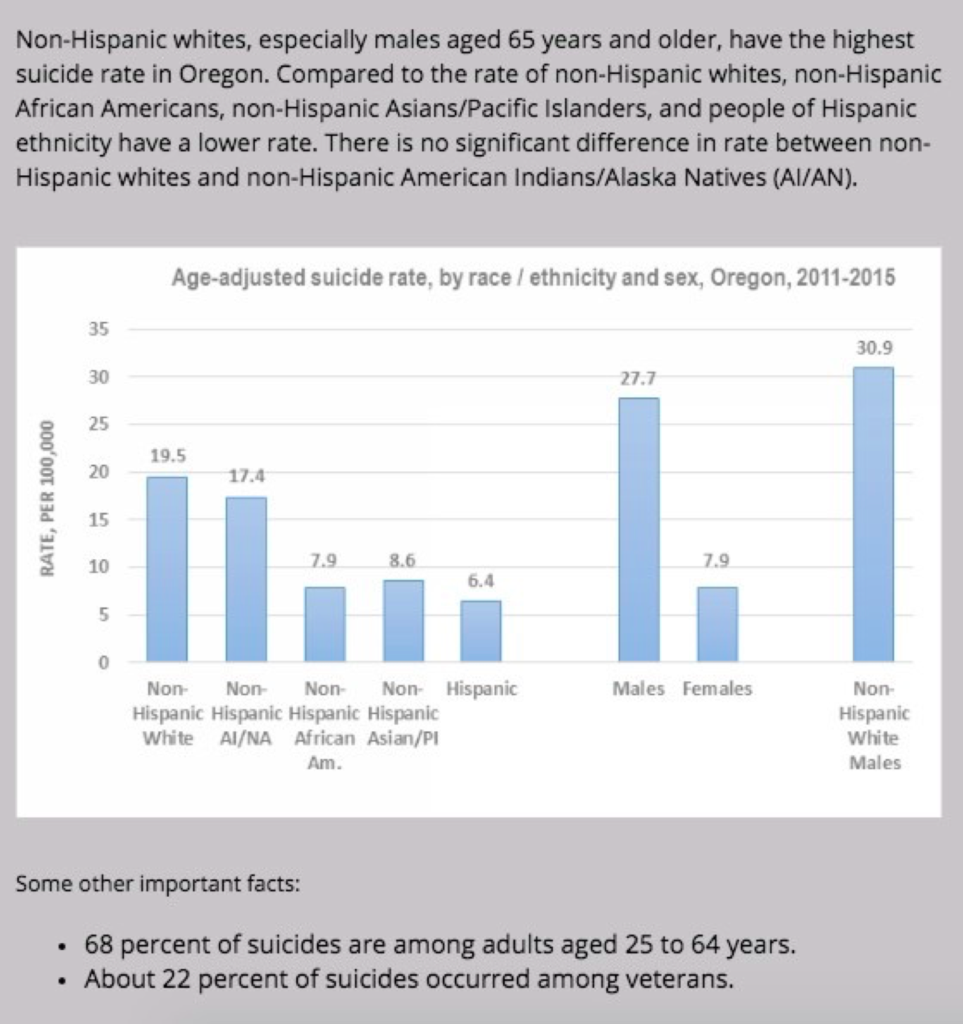
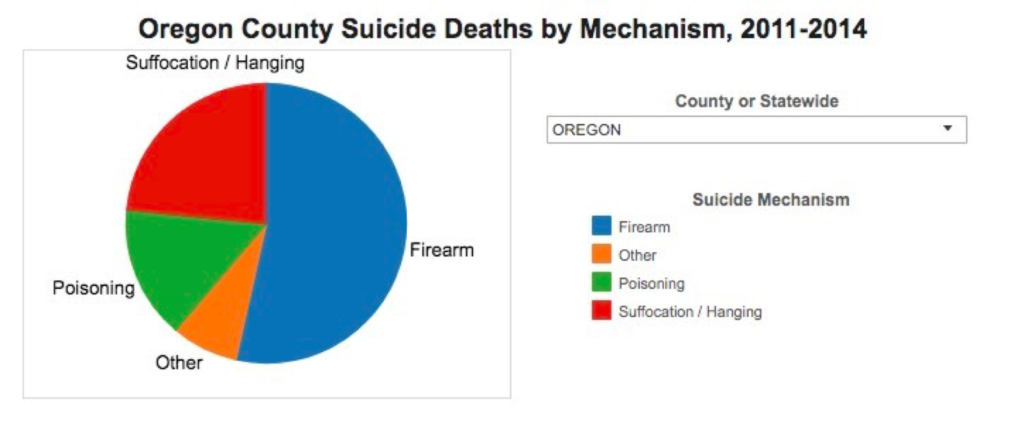
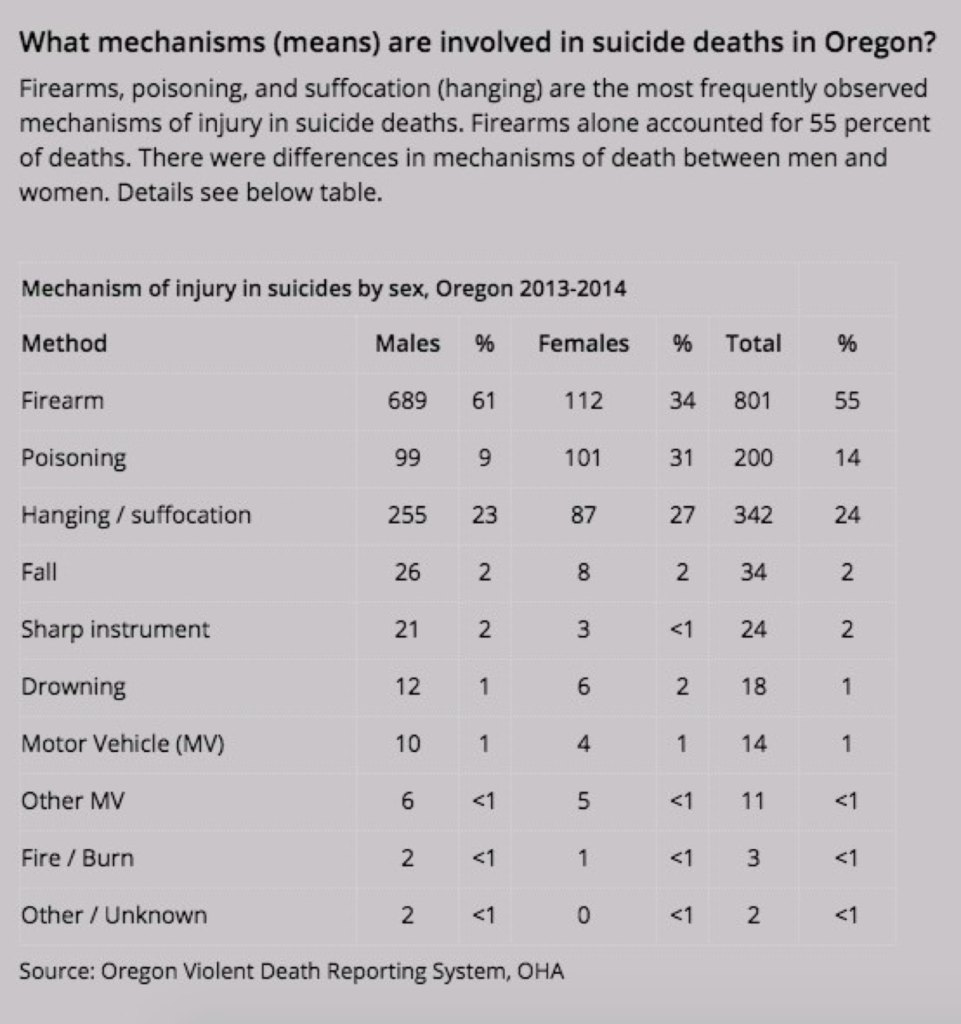
People were asked this question: Does the presence of a firearm in the home increase the risk of suicide?
- 15.4% of US adults overall agreed.
- 6.3% of firearm owners agreed.
- 19.8% of those who live in a home without firearms agreed.
- Fewer than 10% of gun owners with children (or gun owners who had received firearm training) agreed that household firearms increase suicide risk.
Healthcare professionals were asked the same question.
- Nearly 1 in 3 healthcare practitioners (30.2%) agreed that a firearm in the home increases the risk of suicide.
- Among health care practitioners who own firearms, 11.8% agree that a firearm in the home increases the risk of suicide.
Sources
Conner A, Azrael D, Miller M. Public Opinion About the Relationship Between Firearm Availability and Suicide: Results From a National Survey. Ann Intern Med. [Epub ahead of print 24 October 2017]168:153–155. doi: 10.7326/M17-2348
- A total of 15.4% (95% CI, 13.1% to 18.1%) of U.S. adults agreed that the presence of a firearm in the home increases the risk for suicide (6.3% [CI, 5.2% to 7.6%] of firearm owners,
- 8.9% [CI, 6.7% to 11.7%] of those who do not own a firearm but live with someone who does, and
- 19.8% [CI, 16.3% to 23.8%] of those who live in a home without firearms)
A 2013 study by Price, et al
- A national random sample (n = 500) of the members of the American College of Emergency Physicians was sent a valid and reliable questionnaire on firearm safety counseling.
- Of the 278 (56.8%) responding physicians, those who were non-white and those who were not members of the National Rifle Association perceived firearm violence to be more of a problem than white physicians and those who were members of the NRA.
- The majority did not believe that patients would view them as a good source of information on firearm safety (63.3%) or that patients would accept them providing anticipatory firearm safety guidance (56.5%).
- The majority of the Emergency Department physicians did not believe firearm safety counseling would impact firearm-related homicides (75.2%) or suicides (70%).
Matthew Miller et al. “Suicide Mortality in the United States: the Importance of Attending to Method in Understanding Population-level Disparities in the Burden of Suicide.” Annual Review of Public Health 33, (2012): 393-408. https://doi.org/10.1146/annurev-publhealth-031811-124636
Matthew Miller et al. “Firearms and Suicide in the United States: Is Risk Independent of Underlying Suicidal Behavior?” American Journal of Epidemiology 178, no.6, (2013): 946-955. https://doi.org/10.1093/aje/kwt197
April Opoliner et al. “Explaining Geographic Patterns of Suicide in the Us: The Role of Firearms and Antidepressants.” Injury Epidemiology 1, no. 6 (2014): 1-7. https://doi.org/10.1186/2197-1714-1-6
Ahmedani BK, Simon GE, Stewart C, Beck A, Waitzfelder BE, Rossom R, et al. Health care contacts in the year before suicide death. J Gen Intern Med. 2014;29(6):870- 877.